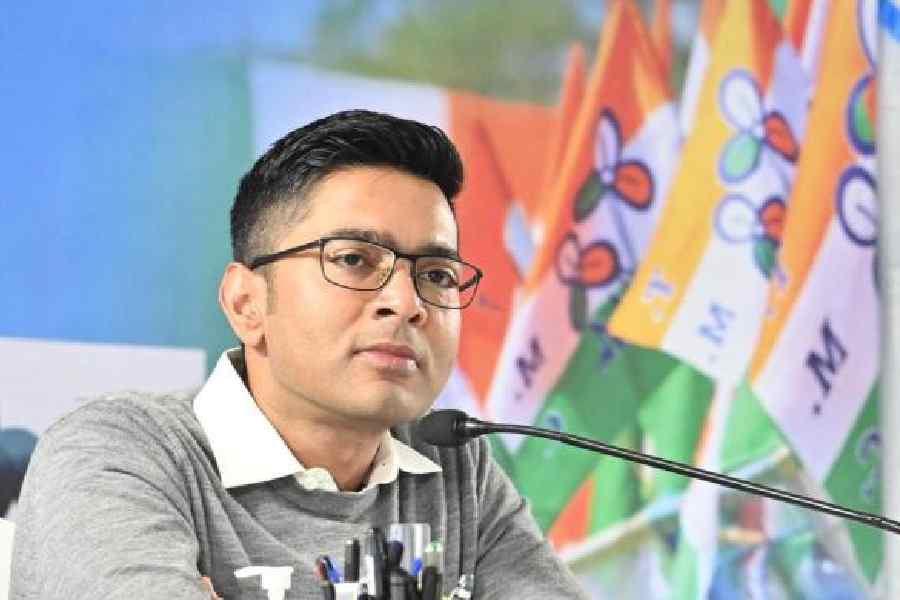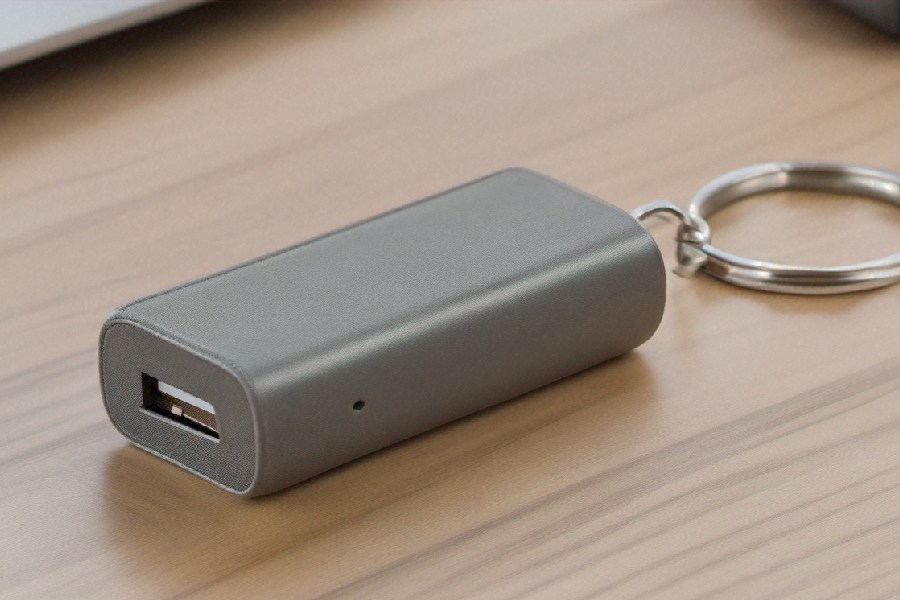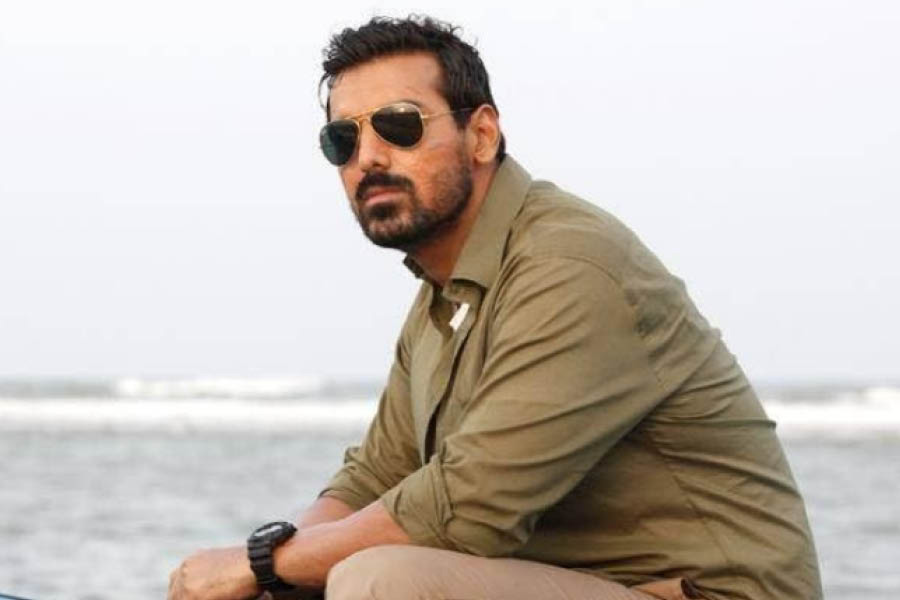New Delhi, May 10: Bollywood spots stars. Its dropouts catch planets.
Vishnu Reddy, who gave up post-production movie work for Bollywood to pursue a career in astronomy, is among scientists who today reclassified as a baby planet an asteroid discovered 205 years ago.
The international team of scientists said the second-largest known asteroid, named Vesta, is actually an ancient proto-planet, one of the earliest bodies preserved from the embryonic age of the solar system.
The researchers, who studied images relayed by a spacecraft, said Vesta, which lies between the orbits of Mars and Jupiter, has a geological past more similar to that of the Earth or Mars than any asteroid.
“Among the tens of thousands of asteroids that have been detected, there seems to be nothing like Vesta,” said Reddy, an astronomer and research professor at the University of North Dakota in the US. “Vesta appears to be the lone survivor from its class of objects from the early solar system.”
The US National Aeronautics and Space Administration was scheduled to announce the results of the analysis of images of Vesta from its Dawn spacecraft later tonight. The findings will also appear in the US journal Science on Friday.
Geologists who have studied the chemical composition of meteorites believed to have originated from Vesta and struck the Earth have for many years suspected that the 530km-diameter rocky world experienced a distinct geological history.
The new analysis has confirmed that Vesta was among the earliest large bodies to form about 4.56 billion years ago, within a few million years of the origin of the solar system, and acquired an iron core just as the one deep inside the Earth.
The images also reveal that Vesta, discovered in 1807 by a German astronomer, Heinrich Olbers, had a remote history of molten rock, or magma.
“It didn’t grow to the size of a planet, but it’s got things that planets have and it’s done things that planets do,” said Christopher Russell, a senior geophysicist at the University of California, Los Angeles, and the principal investigator of the mission to explore Vesta. “It had heat-driven convection at the beginning of its life, (a history of) some tectonics, landslides and flows,” Russell told The Telegraph.
The Dawn spacecraft, the first operational scientific mission to use the new ion propulsion technology instead of conventional chemical rockets, was launched in 2007 and arrived for its rendezvous with Vesta in July 2011.
Over the next several months, researchers scattered across institutions in the US and Europe analysed colour images sent back by the spacecraft that helped them piece together an evolutionary history of the proto-planet.
Studies of meteorites that have landed on the Earth have indicated that there had been at least 110 distinct asteroids with iron cores in the history of the solar system. “Vesta is the only one of them that were rocky with an iron core that survived to the present,” said Russell, who had pitched thrice for the Dawn mission to Vesta — in 1996, 1998 and again in 2000 — before Nasa finally accepted his proposal.
“Why Vesta survived and the others didn’t remains a mystery,” said Reddy, one of the lead investigators who analysed the Dawn images, and who was once engaged in post-production work for Bollywood movies. He recalls assisting seniors for a movie titled Daud, directed by Ram Gopal Varma, starring Sanjay Dutt and Urmila Matondkar.
“I’ve always been fascinated by asteroids,” said Reddy, who has discovered several asteroids and learnt recently that an asteroid discovered in 1981 by scientists at the Siding Springs observatory in Australia has been assigned his name: 8068 Vishnureddy, the prefix number indicating that it was the 8068th asteroid to be discovered.
Reddy grew up near Sriharikota, the tiny island off the east coast of Andhra Pradesh that hosts India’s space launch centre. He recalled watching occasional rocket launches.
During his college days, Reddy used amateur telescopes to study surface features of the moon. But after undergraduate studies in visual communication, he accepted a position as a trainee for post-production activities for Bollywood movies.
He quit that job rather quickly and eventually moved to the US to study astronomy. He currently holds another position at the Max Planck Institute for Solar System Research in Germany, and spends most of his professional time trying to use asteroids to understand planetary evolution.
Astronomers can explain the absence of the other early proto-planets — they are believed to have fragmented into smaller and smaller pieces through the frequent violent collisions that occurred during the early history of the solar system.
Russell said the Dawn spacecraft heralds a new strategy to explore the asteroids, using a relatively inexpensive technology of ion propulsion in which solar-powered electricity acts on xenon gas to provide thrust. Conventional chemical rockets to explore two asteroids would have cost $750 million for each mission, or $1.5 billion together. Dawn, relying on just 400kg xenon gas in its storage tanks, cost only $450 million.











